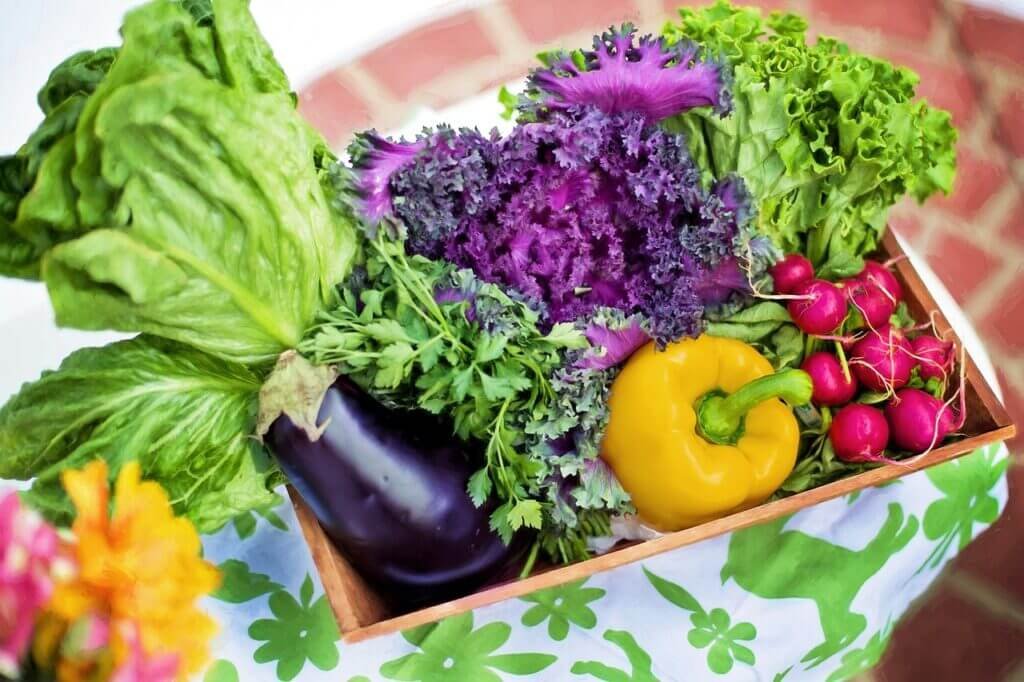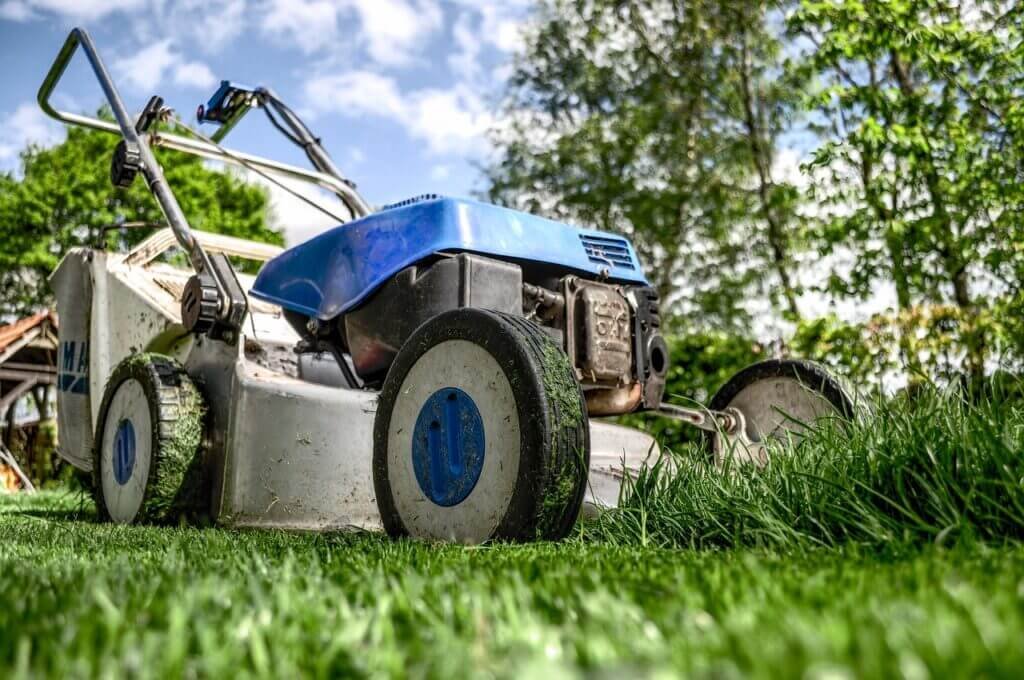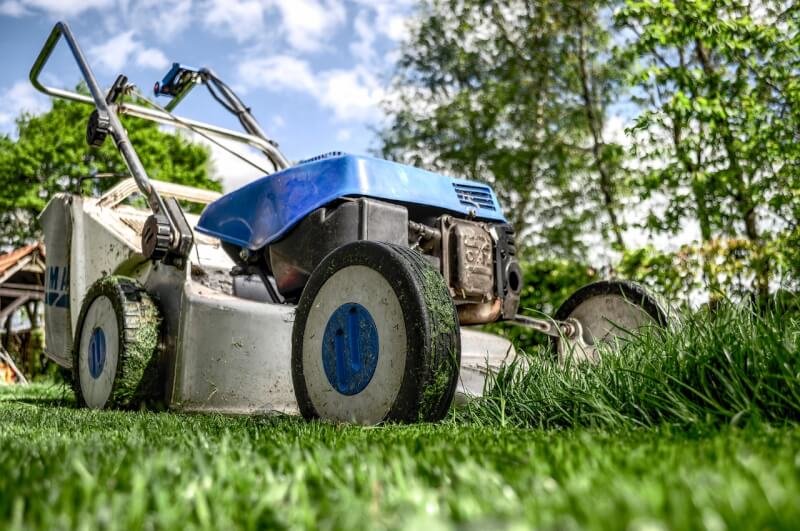Are you ready to transform your urban space into a flourishing garden oasis? Creating a sustainable urban garden environment may seem like a complex task, but with the right knowledge and approach, it can be a rewarding and fulfilling experience. From choosing the right plants for your space to implementing eco-friendly gardening practices, this article will guide you through the steps to create a thriving, green sanctuary right in the heart of your city. So let’s roll up our sleeves, grab our gardening tools, and embark on an exciting journey towards a sustainable urban garden that will not only benefit you but also contribute to a greener and healthier environment for all.

Choosing the Right Location
Assessing Sunlight Availability
When choosing a location for your urban garden, one of the most important factors to consider is sunlight availability. Most plants require at least six hours of direct sunlight each day to thrive. Observe the different areas of your outdoor space and take note of which areas receive the most sunlight. Keep in mind any surrounding buildings or trees that may cast shadows and impact the amount of sunlight reaching your garden. By selecting an area with adequate sunlight, you ensure that your plants have the energy they need for photosynthesis and healthy growth.
Considering Soil Quality
Another crucial aspect to consider when choosing a location for your urban garden is soil quality. Conduct a soil test to determine the pH level and nutrient content of the soil in different areas of your garden. Many plants prefer slightly acidic to neutral soil, with a pH range of 6 to 7. Additionally, ensure that the soil is loose and well-draining, as waterlogged soil can lead to root rot and other issues. If you find that the soil in your desired location is lacking in nutrients or has an unsuitable pH, you can improve it by adding organic matter such as compost or using soil amendments.
Evaluating Drainage System
Proper drainage is essential in maintaining a healthy urban garden. When exploring potential locations, assess the existing drainage system of each area. Avoid areas that are prone to flooding or retain water for extended periods after rainfall. Excess water can lead to root rot and the drowning of plants. If your desired location lacks adequate drainage, you can improve it by adding raised beds or implementing underground drainage systems. Ensuring proper drainage will prevent waterlogged roots and promote the overall health of your urban garden.
Optimizing Space Utilization
Raised Beds
Raised beds are a great solution for optimizing space utilization in an urban garden. By constructing raised beds, you can create a defined growing area that maximizes the use of limited space. Raised beds also offer better control over soil quality and drainage, as you can fill them with the ideal soil mixture. Additionally, they provide easier access for planting, maintaining, and harvesting your crops. When planning your urban garden, consider incorporating raised beds to make the most of your available space.
Vertical Gardening
Vertical gardening is another effective way to optimize space utilization in urban environments. By growing plants vertically, you can take advantage of unused vertical space, such as walls, fences, or trellises. Examples of vertical gardening techniques include using vine plants, hanging baskets, or installing vertical planters. This method allows you to grow a larger quantity of plants in a smaller footprint, maximizing your urban garden’s productivity.
Container Gardening
Container gardening is a versatile option for urban gardeners with limited space. It involves growing plants in pots, containers, or any other suitable vessels. Containers can be placed on balconies, patios, rooftops, or even indoors, making it an ideal choice for those with limited outdoor space. Choose containers of appropriate size for the plants you intend to grow, ensure proper drainage, and use high-quality potting soil. Container gardening offers flexibility, allowing you to move plants as needed and experiment with different arrangements to create your desired urban garden environment.

Selecting Suitable Plants
Native Plants
Selecting native plants for your urban garden is an environmentally friendly choice. Native plants have evolved to thrive in the local climate and soil conditions, making them more resilient and well-suited to the area. They require less water, fertilizer, and pesticide use than non-native plants, reducing the overall environmental impact of your garden. Additionally, native plants provide habitat and food sources for local wildlife, promoting biodiversity in your urban environment.
Drought-Tolerant Varieties
In urban environments where water availability may be limited, choosing drought-tolerant plant varieties is crucial. These plants have adapted to survive with minimal water, making them more resistant to drought conditions. Look for plants that have low water requirements and can withstand long periods without regular watering. By selecting drought-tolerant varieties, you can conserve water while still enjoying a thriving urban garden.
Perennial Crops
Incorporating perennial crops into your urban garden is a sustainable choice that offers long-term benefits. Perennial plants live for multiple years, reducing the need for replanting annually. They establish deeper root systems, making them more resilient to environmental stresses, including drought. Additionally, perennials can provide continuous harvests for several years, allowing you to enjoy a variety of fresh produce without the need for frequent replanting. Consider adding perennial crops such as strawberries, asparagus, or herbs to your urban garden to enhance its sustainability.
Implementing Efficient Irrigation
Drip Irrigation Systems
Efficient irrigation is essential in conserving water and optimizing plant health in an urban garden. Drip irrigation systems are a popular choice for urban gardeners due to their efficiency and effectiveness. These systems deliver water directly to the base of plants, minimizing water loss through evaporation or runoff. Drip irrigation also helps to prevent foliage diseases by keeping the leaves dry. By using drip irrigation in your urban garden, you can ensure that water is distributed precisely where it is needed, reducing waste and promoting plant growth.
Rainwater Harvesting
Rainwater harvesting is an eco-friendly practice that can supplement or substitute traditional water sources for your urban garden. Collecting rainwater from rooftops or other surfaces allows you to harness and store nature’s gift for irrigation purposes. Install rain barrels or larger tanks to collect and store rainwater. Use the harvested rainwater to irrigate your garden during dry periods, reducing your reliance on municipal water supplies and conserving this valuable resource.
Mulching Techniques
Using mulch in your urban garden is a simple yet effective way to conserve water and improve soil health. Mulch helps to retain moisture in the soil by reducing evaporation, preventing weed growth, and maintaining a consistent soil temperature. Apply a layer of organic mulch, such as wood chips or straw, around your plants, ensuring not to cover the plant stems. This will help maintain soil moisture levels, minimize weed competition, and enhance the overall sustainability of your urban garden.

Promoting Natural Pest Control
Companion Planting
Companion planting is a natural pest control method that involves planting certain crops together to maximize their benefits or repel pests. Some plants naturally repel insects or attract beneficial insects that prey on pests. For example, planting marigolds alongside vegetables can deter pests such as nematodes, aphids, and tomato hornworms. Similarly, herbs like basil and rosemary can help repel mosquitoes and flies. By practicing companion planting in your urban garden, you can reduce the need for chemical pesticides and create a balanced ecosystem that promotes plant health.
Beneficial Insects
Attracting beneficial insects is another effective way to control pests without resorting to chemical pesticides. Ladybugs, lacewings, and praying mantises are examples of beneficial insects that prey on common garden pests. To attract these helpful insects, plant flowers such as daisies, sunflowers, and yarrow that provide nectar and pollen as food sources. Also, avoid using broad-spectrum insecticides that can harm both harmful and beneficial insects. Encouraging beneficial insects to make your urban garden their home will help maintain a natural balance and keep pest populations in check.
Physical Barriers
Physical barriers can be utilized to deter common pests from damaging your urban garden. For example, erecting netting or fencing around your garden can protect it from birds, rabbits, and other animals. Install row covers or mesh cages to prevent insects like cabbage worms or carrot flies from reaching your crops. By using physical barriers strategically, you can effectively protect your plants from pests without relying on chemical interventions.
Composting and Organic Fertilizers
Creating a Compost System
Composting is a sustainable way to recycle organic waste from your kitchen and garden, turning it into nutrient-rich compost for your urban garden. Start by designating a compost bin or pile in a suitable location. Collect kitchen scraps like fruit and vegetable peels, coffee grounds, and eggshells, along with yard waste like leaves and grass clippings. Layer these materials and mix them periodically, ensuring proper aeration and moisture levels. Over time, these organic materials will decompose, creating nutrient-rich compost that can be incorporated into the soil, promoting plant growth and minimizing the need for synthetic fertilizers.
Using Vermiculture
Vermiculture, also known as worm composting, is a specialized form of composting that utilizes worms to break down organic waste into nutrient-rich vermicompost. Set up a worm bin in a suitable location, adding bedding materials such as shredded newspaper or coconut coir. Introduce red worms into the bin and feed them with kitchen scraps. The worms will consume the organic matter, turning it into vermicompost through their natural digestion process. The resulting vermicompost is highly beneficial for plants and can be used as an organic fertilizer in your urban garden.
Utilizing Organic Fertilizers
In addition to compost, utilizing organic fertilizers is a sustainable practice that promotes plant health and minimizes environmental harm. Look for organic fertilizers made from natural ingredients such as composted manure, bone meal, seaweed extracts, or fish emulsion. These fertilizers provide essential nutrients to your plants without introducing harmful chemicals into the environment. Follow the instructions provided on the packaging for proper application rates, ensuring that you do not over-fertilize your urban garden.
Minimizing Chemical Usage
Avoiding Synthetic Pesticides
The use of synthetic pesticides should be avoided in a sustainable urban garden environment. These chemicals can have detrimental effects on the environment, wildlife, and human health. Instead, focus on preventive measures and natural pest control methods discussed earlier. By creating a healthy garden ecosystem, attracting beneficial insects, and practicing good gardening practices, you can minimize the need for synthetic pesticides.
Plant-Based Pest Remedies
Plant-based pest remedies, also known as botanical insecticides, offer a sustainable alternative to synthetic pesticides. These remedies utilize plant-derived ingredients with insecticidal properties to control pests. Examples include neem oil, garlic spray, and pyrethrum. Dilute these remedies according to the instructions provided and apply them when needed to combat specific pests in your urban garden. Remember to target only the pests you wish to control, as these remedies can harm beneficial insects as well.
Integrated Pest Management
Integrated Pest Management (IPM) is a holistic and sustainable approach to pest control in an urban garden. IPM involves combining various pest management techniques to reduce pest populations while minimizing harm to the environment. It incorporates strategies such as monitoring pest populations, using natural predators or traps, practicing good sanitation, and employing cultural and mechanical controls. By implementing IPM in your urban garden, you can effectively manage pests while minimizing chemical usage and maintaining the overall balance of your garden ecosystem.
Encouraging Biodiversity
Providing Habitat for Wildlife
Creating a sustainable urban garden involves providing habitat for wildlife within your garden space. Set aside areas or incorporate features such as birdhouses, bat boxes, butterfly feeders, or water sources to attract and support wildlife. Native plants, in particular, play a crucial role in providing food and shelter for birds, insects, and other creatures. By promoting biodiversity and coexisting with wildlife, you contribute to the overall health and resilience of the urban ecosystem.
Attracting Pollinators
Pollinators, such as bees, butterflies, and hummingbirds, are vital for plant reproduction and fruit production. To attract these beneficial pollinators to your urban garden, plant a variety of nectar-rich flowers, particularly native species that are adapted to your region. Avoid using pesticides that may harm pollinators and provide a water source like a shallow dish with pebbles for them to drink from. By creating a welcoming habitat for pollinators, you not only enhance the beauty of your garden but also ensure the successful pollination of your plants.
Planting a Variety of Species
Planting a wide variety of plant species in your urban garden is essential in promoting biodiversity. Avoid monoculture practices, which involve growing only a single crop or plant species, as this can lead to imbalances and increased pest problems. Instead, incorporate diverse plants with different flowering times, textures, and colors to attract a wide range of beneficial insects, birds, and other wildlife. This variety also adds visual interest and creates an inviting and vibrant urban garden environment.
Managing Waste and Recycling
Reducing Plastic Waste
Plastic waste is a significant environmental concern, but there are steps you can take to reduce its impact in your urban garden. Opt for reusable or biodegradable alternatives to single-use plastic, such as bamboo or metal garden tools instead of plastic ones. Avoid purchasing plants or seeds packaged in plastic and seek out nurseries that offer sustainable alternatives. Additionally, consider using natural materials like twine or jute for plant supports instead of plastic ties. By reducing plastic waste in your garden, you contribute to a more sustainable and environmentally friendly urban environment.
Reusing Materials
Reusing materials is a sustainable practice that can minimize waste and save resources in your urban garden. Explore creative ways to repurpose items such as old containers, buckets, or pallets as planters. Use broken clay pots as drainage material or decorative features. Transform discarded furniture into unique garden structures. By giving new life to old materials, you not only reduce waste but also add character to your urban garden.
Recycling Biomass
Recycling biomass is an effective way to manage organic waste in your urban garden. Rather than disposing of plant debris, such as leaves, branches, or spent plants, convert them into valuable resources like compost. Create designated composting areas or bins for organic waste. Ensure proper aeration, moisture levels, and turning to facilitate decomposition. Recycling biomass reduces the amount of waste sent to landfills, enriches your soil, and completes the cycle of sustainability in your urban garden.
Educating and Engaging the Community
Organizing Workshops
Organizing workshops is an excellent way to share your knowledge and passion for sustainable urban gardening with the community. Offer workshops on topics such as composting, container gardening, or beneficial insect identification. Provide hands-on activities and practical demonstrations to engage participants and empower them to implement sustainable gardening practices in their own urban environments. By sharing your expertise, you inspire others to create their sustainable urban garden spaces.
Sharing Knowledge Online
In the digital age, sharing knowledge online is a powerful way to reach a wider audience and create a sustainable gardening community. Start a blog, create instructional videos, or maintain social media platforms dedicated to urban gardening. Share tips, guides, and success stories for sustainable practices in an urban environment. Engage with fellow gardeners and enthusiasts, answer questions, and foster a supportive online community. By leveraging the internet, you can educate and inspire individuals across the globe to embrace sustainable urban gardening.
Creating Community Gardens
Creating community gardens is a collaborative approach to urban gardening that fosters a sense of community and sustainability. Develop relationships with local organizations, schools, or neighborhood associations to establish community garden spaces. Provide opportunities for community members to come together, share resources, and collectively maintain and harvest the garden. Community gardens not only enrich neighborhoods with beauty and fresh produce but also serve as platforms for educational workshops, community engagement, and environmental stewardship.
In conclusion, creating a sustainable urban garden environment involves careful consideration of location, space utilization, plant selection, irrigation methods, pest control practices, waste management, and community engagement. By applying these principles and practices, you can create a thriving and eco-friendly oasis in the midst of the urban landscape. Whether you have a small balcony or a larger backyard, you have the power to make a positive impact on the environment and inspire others to do the same. Happy gardening!


